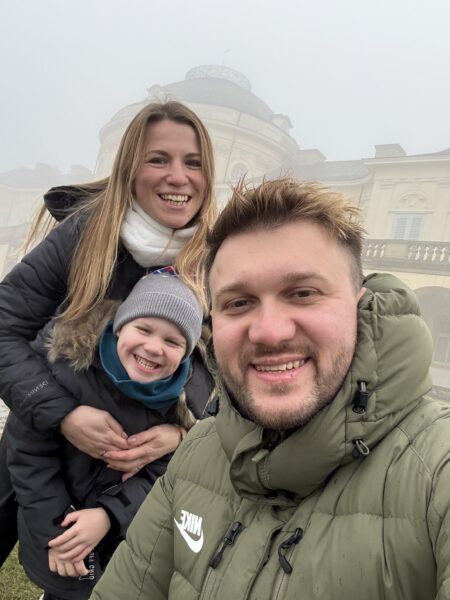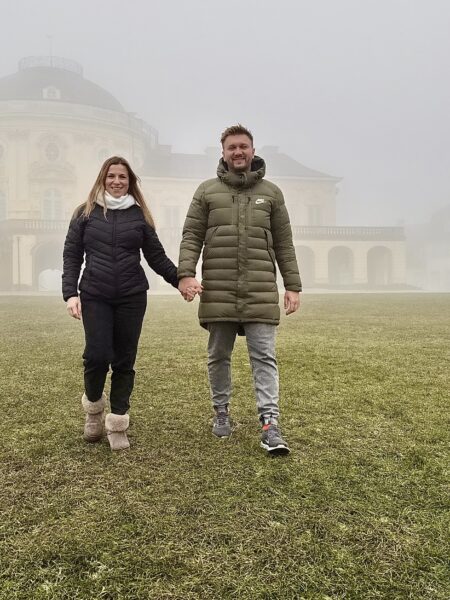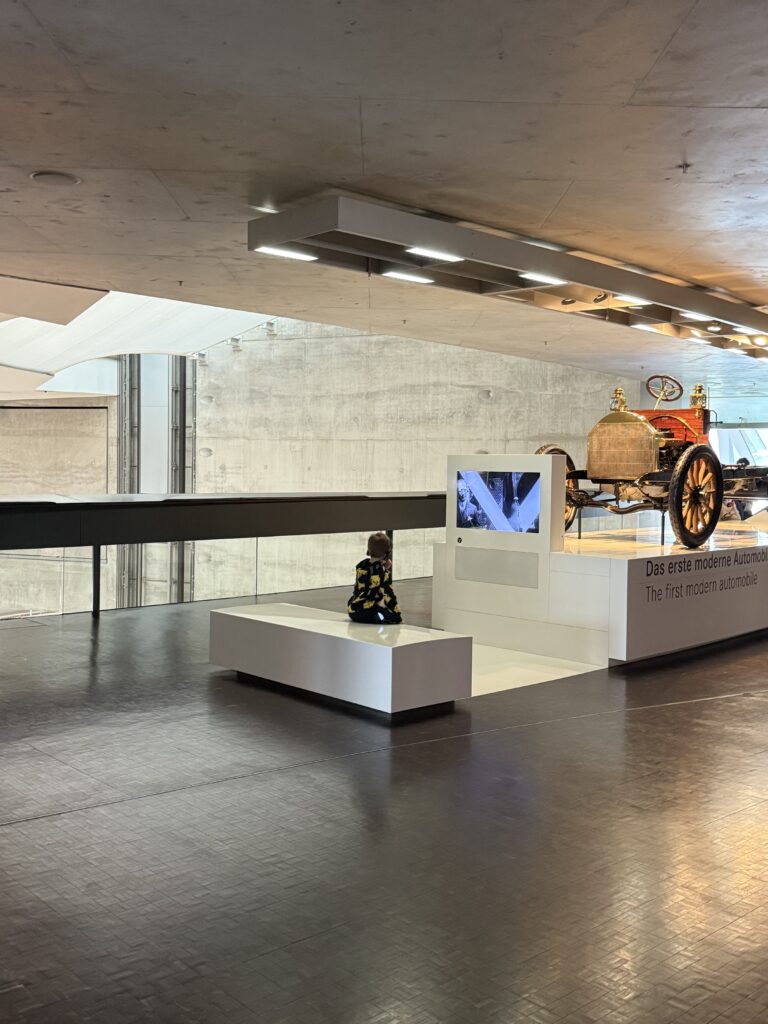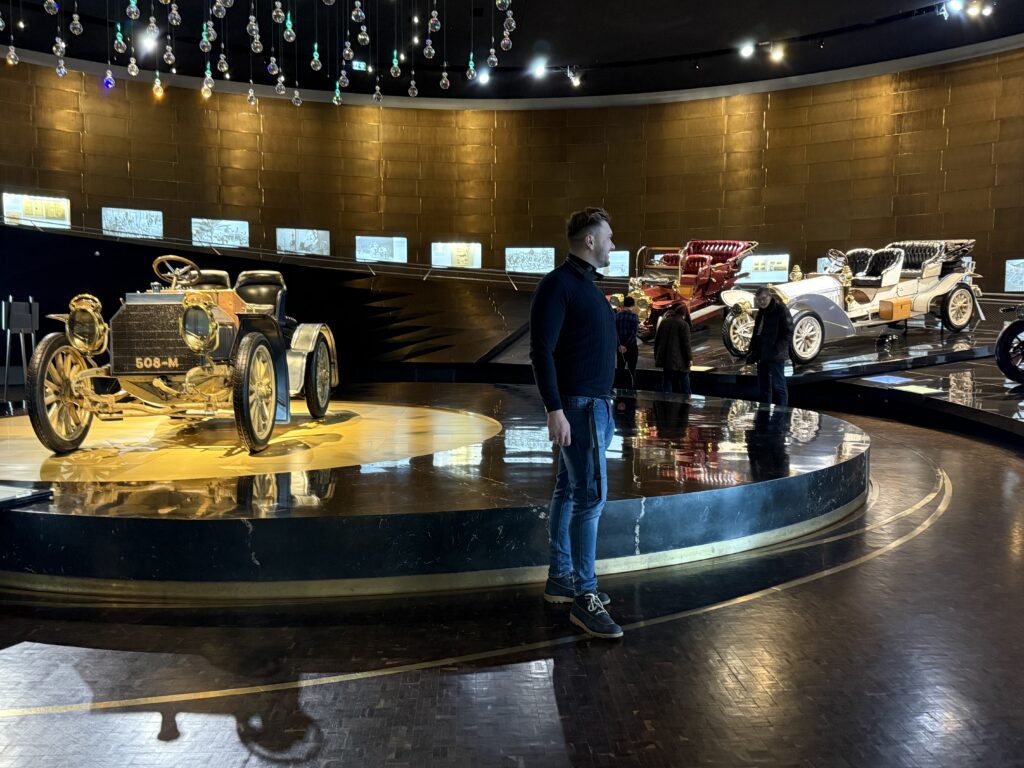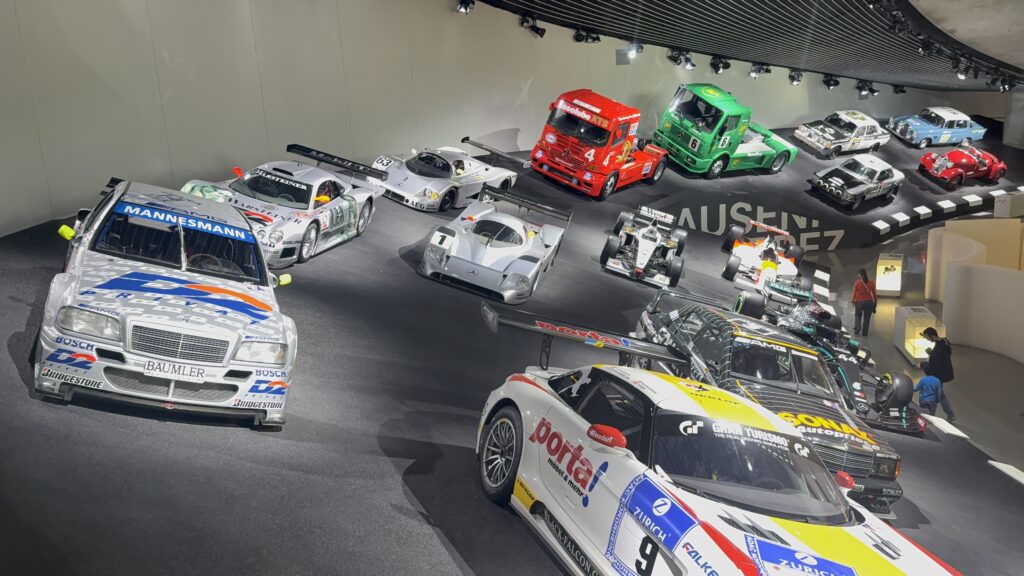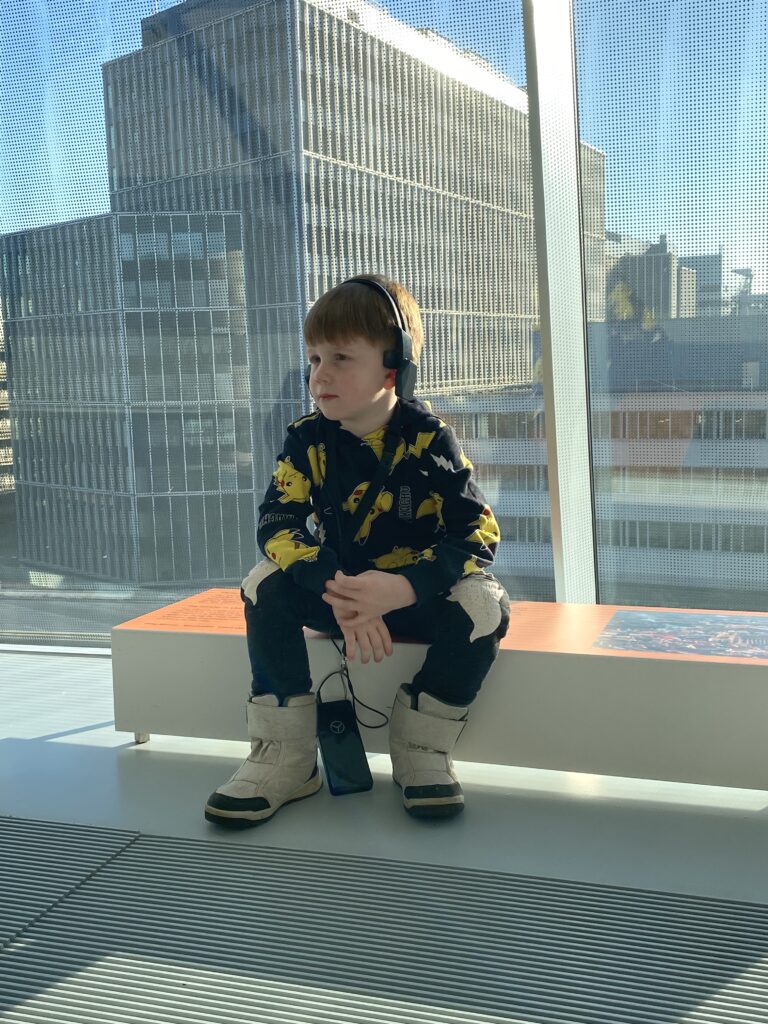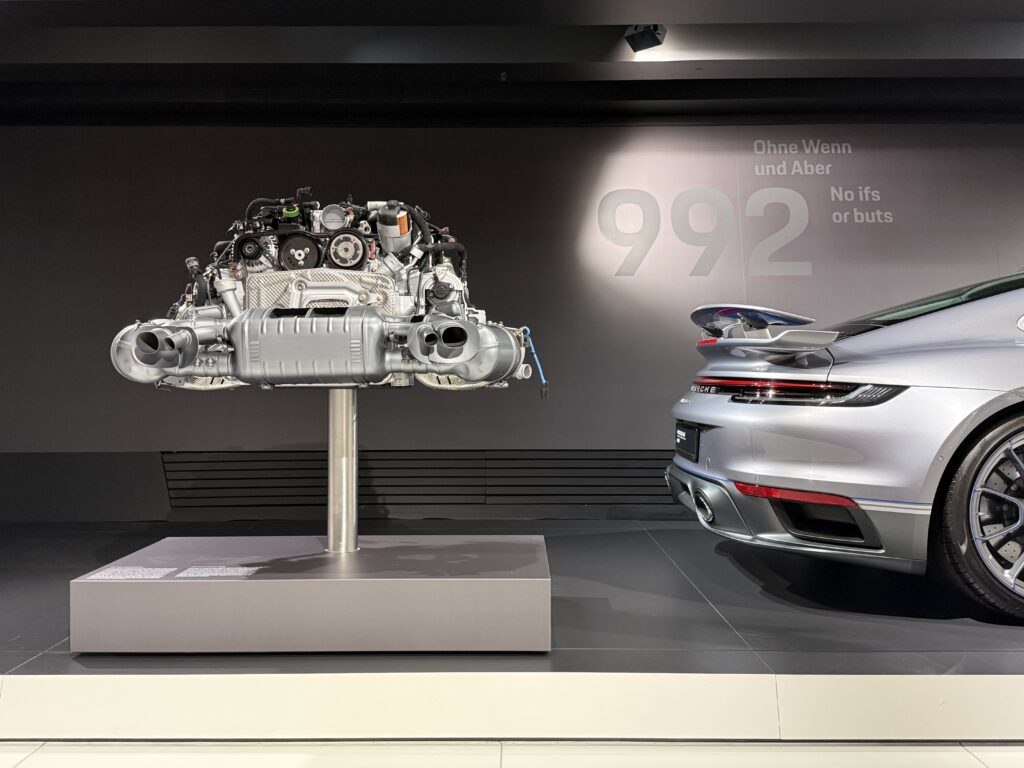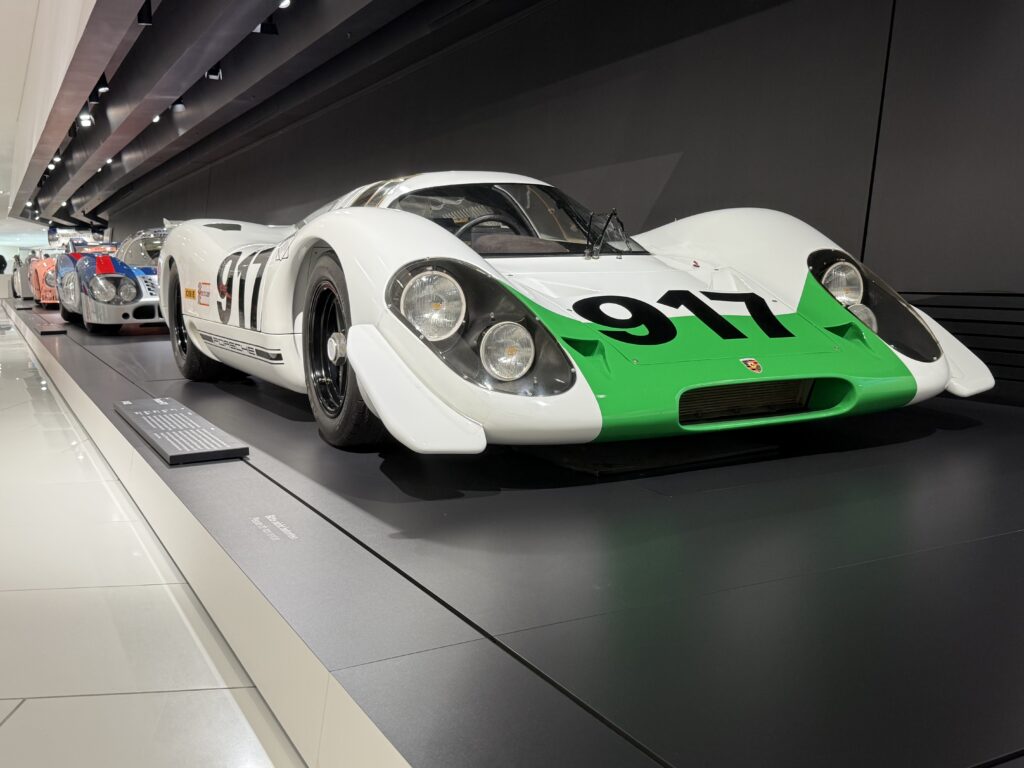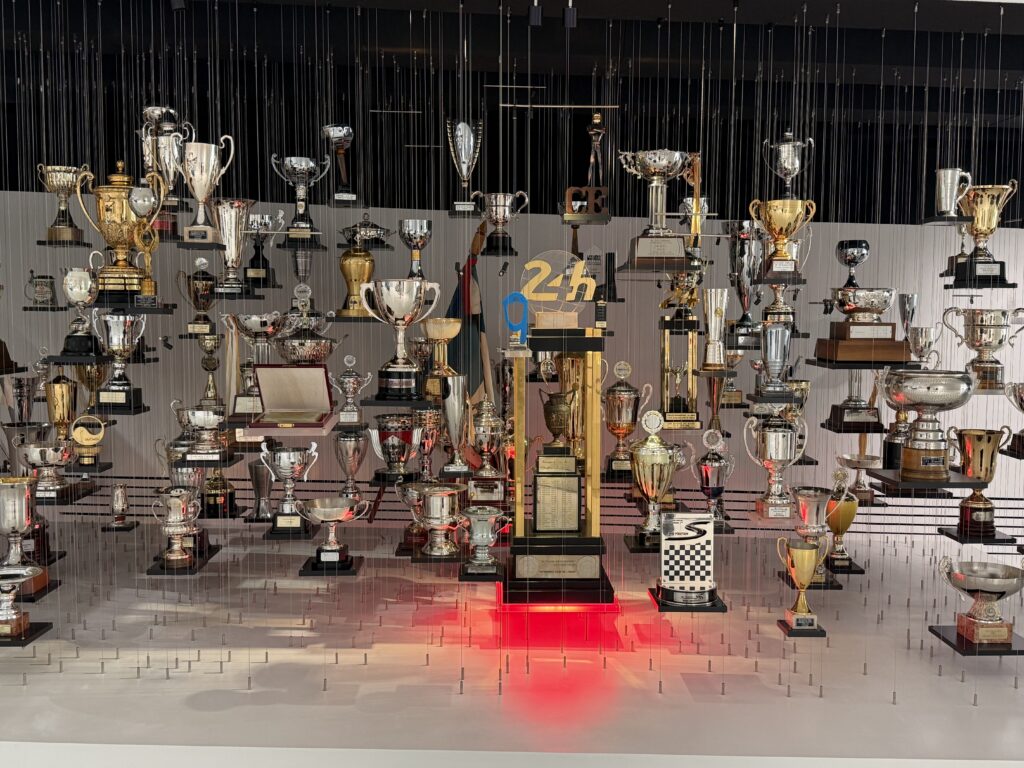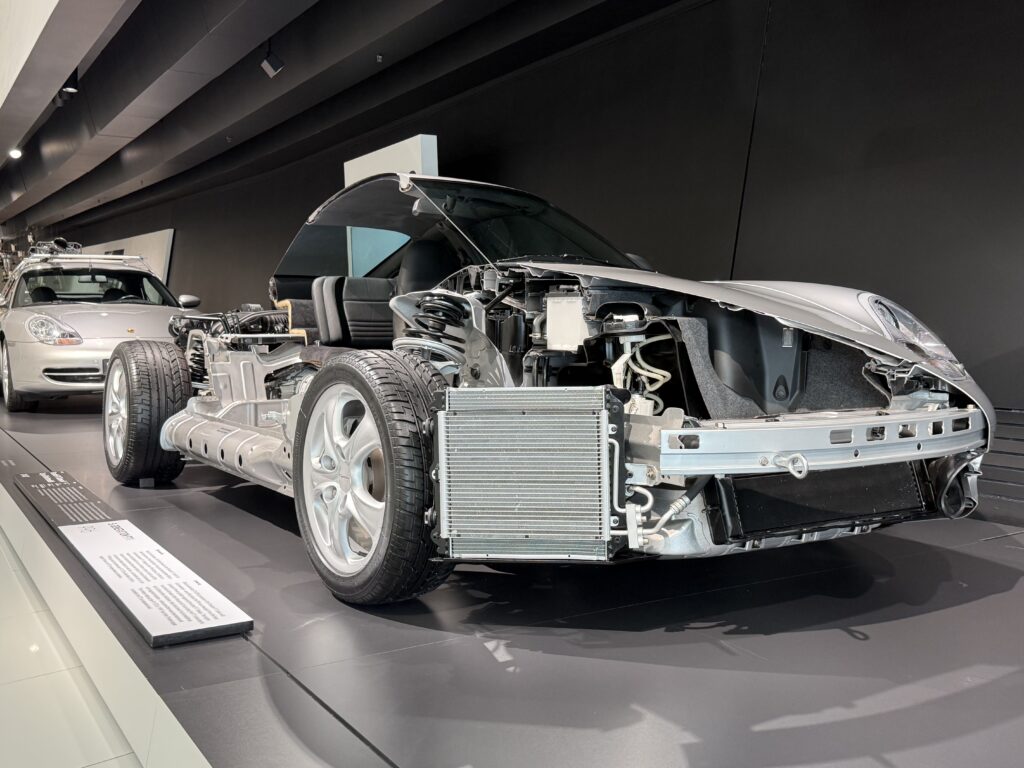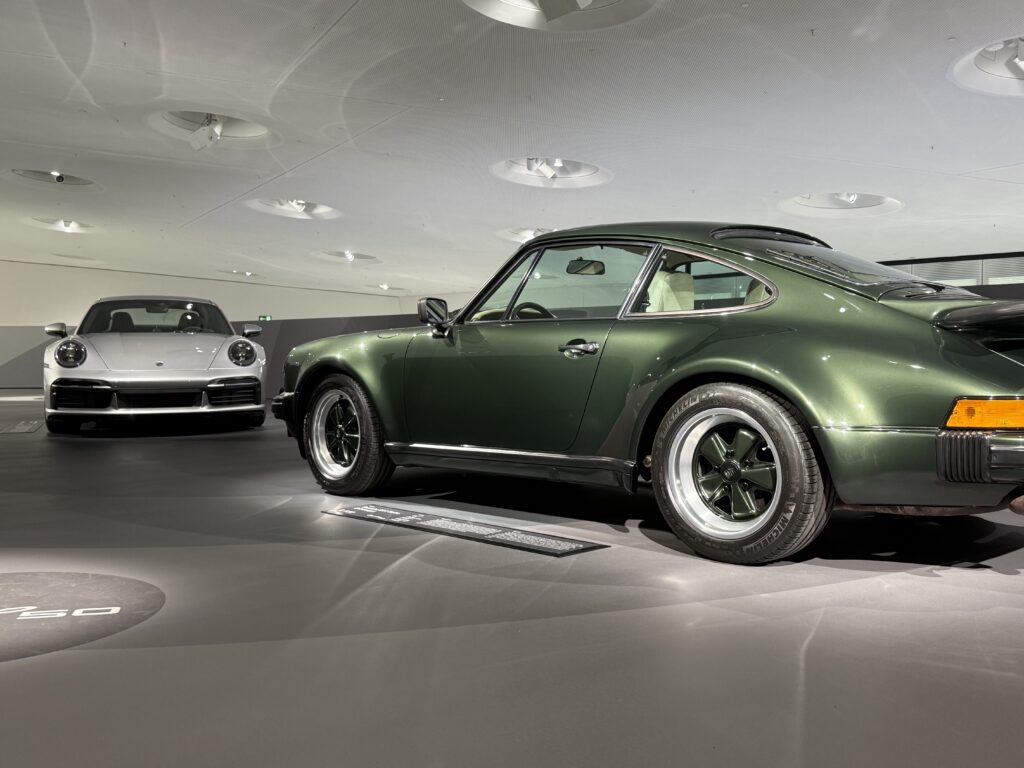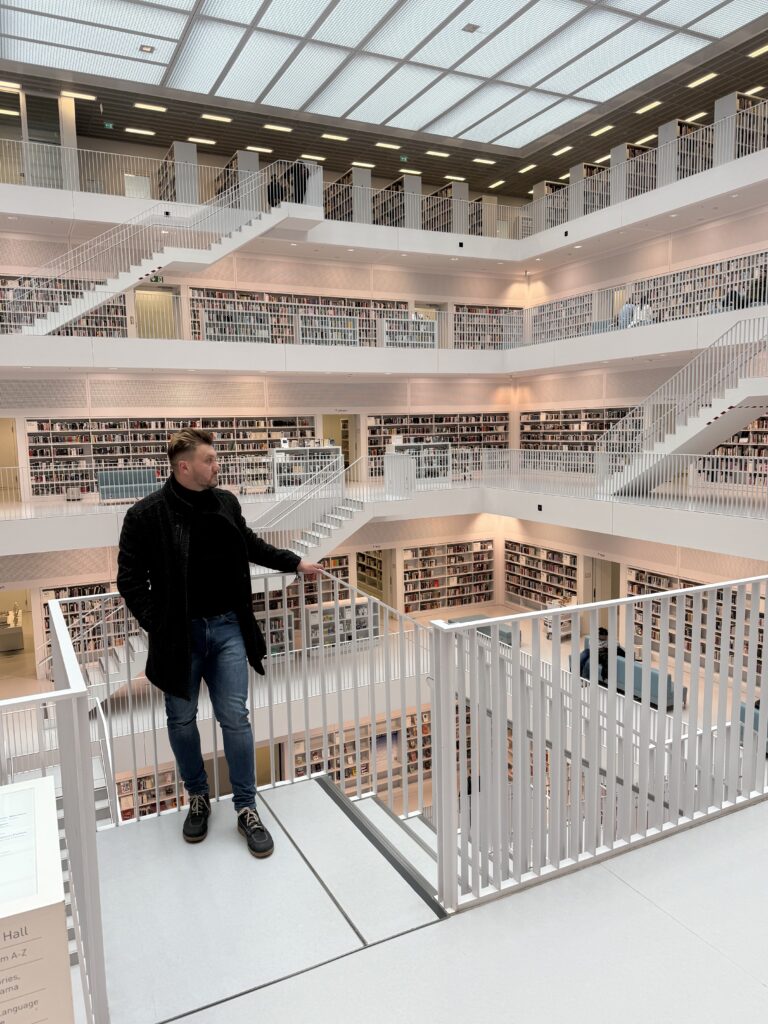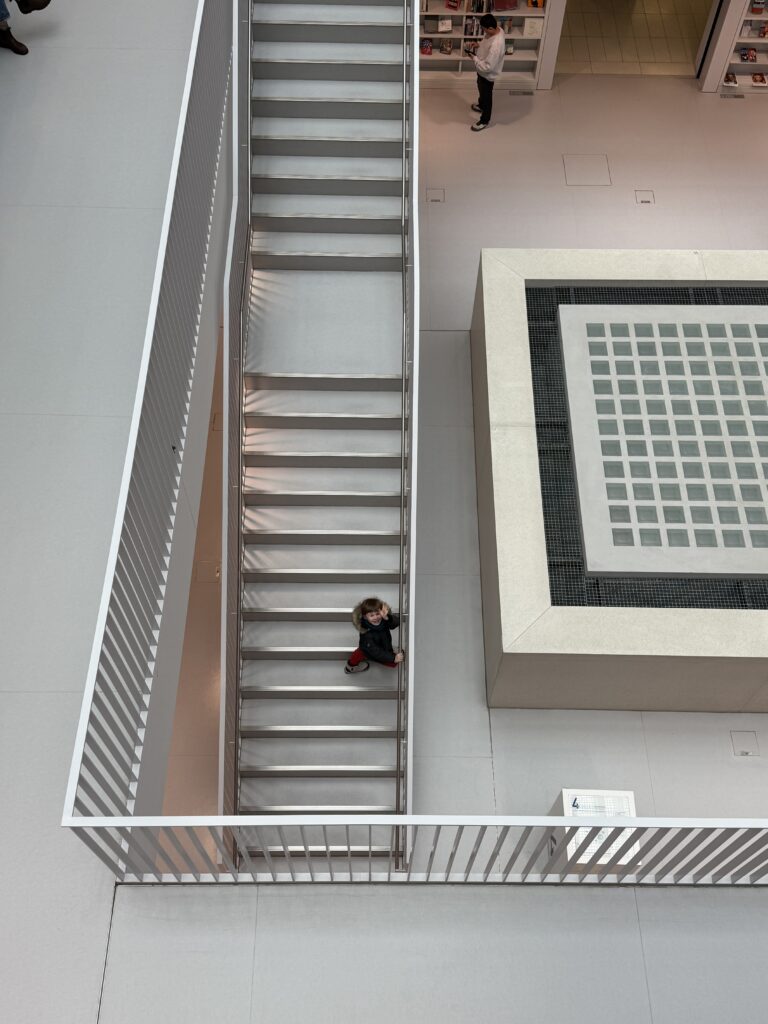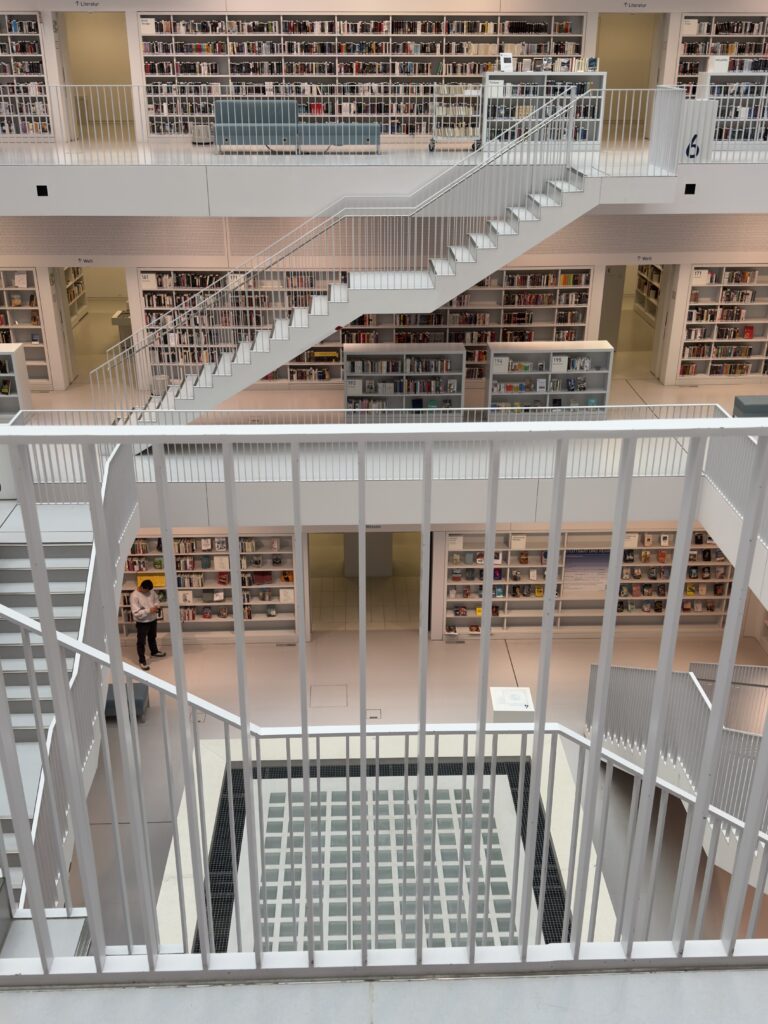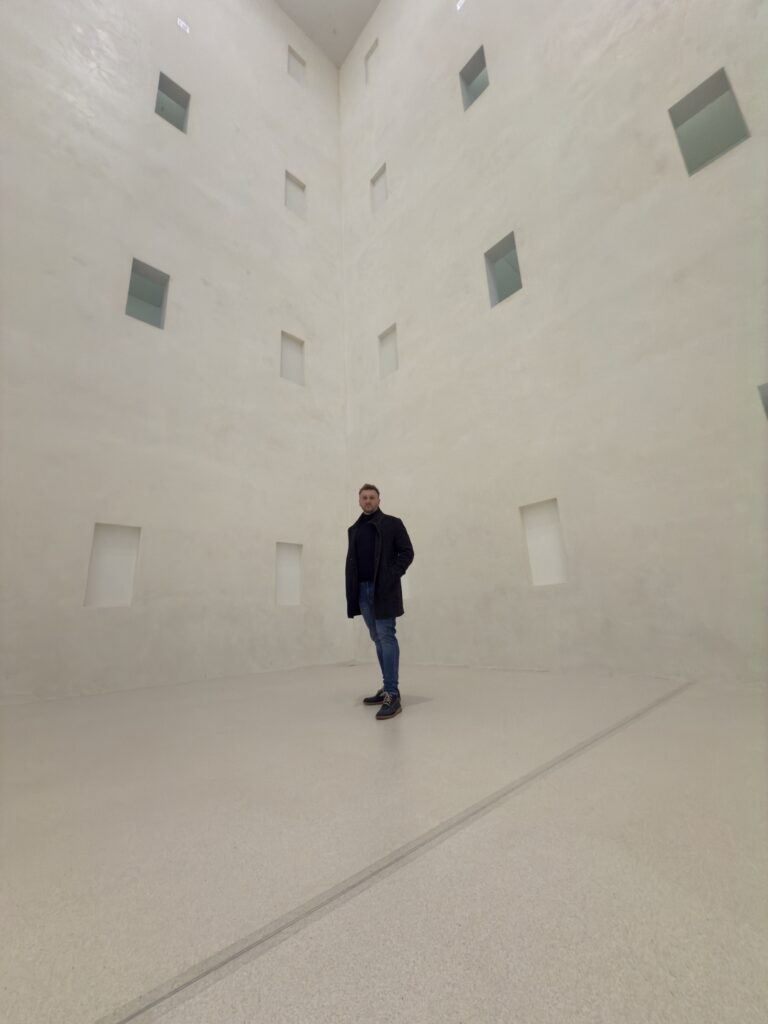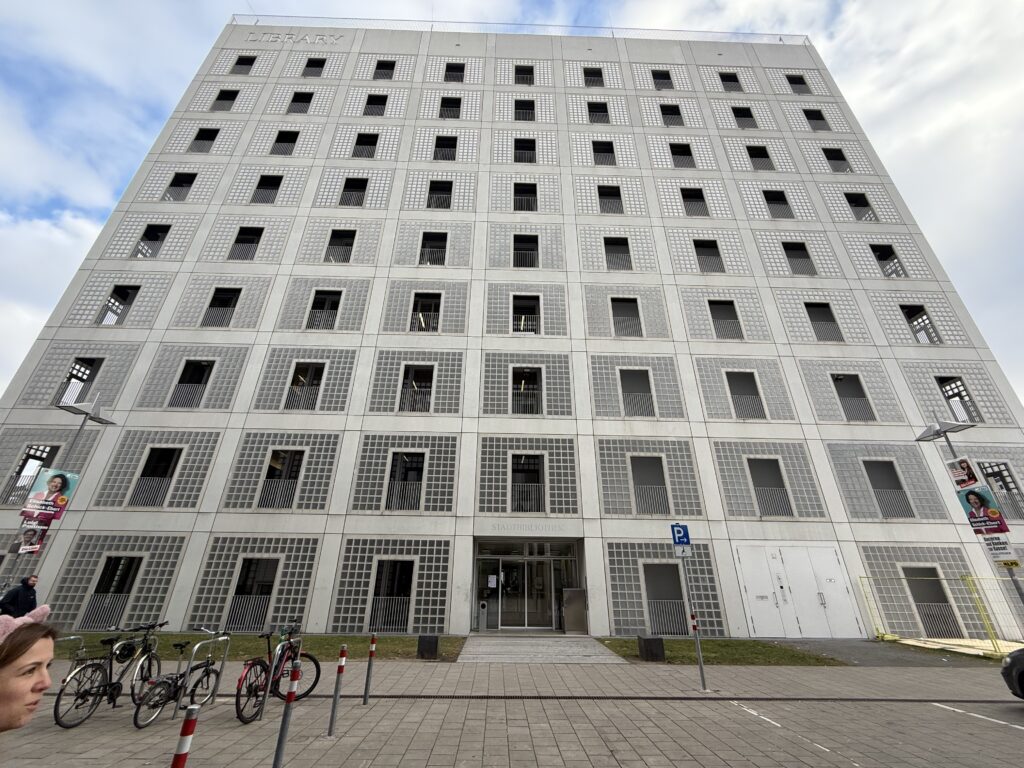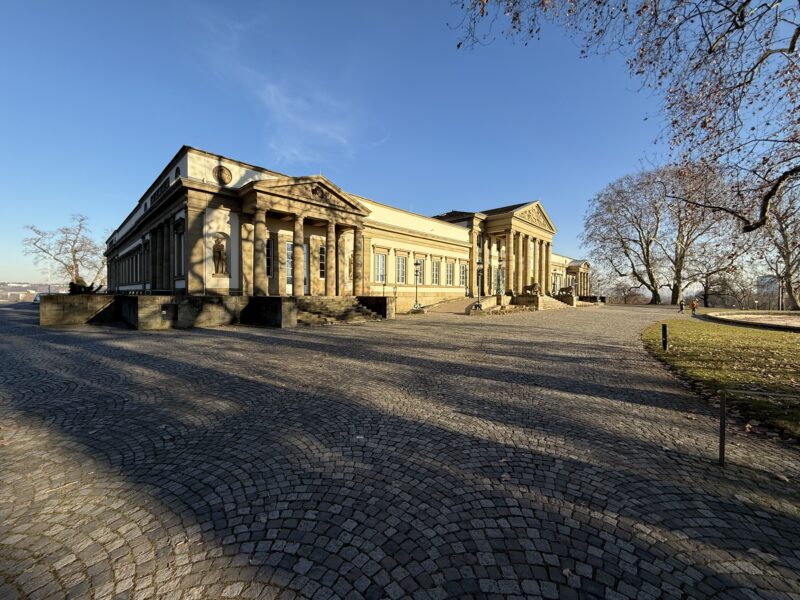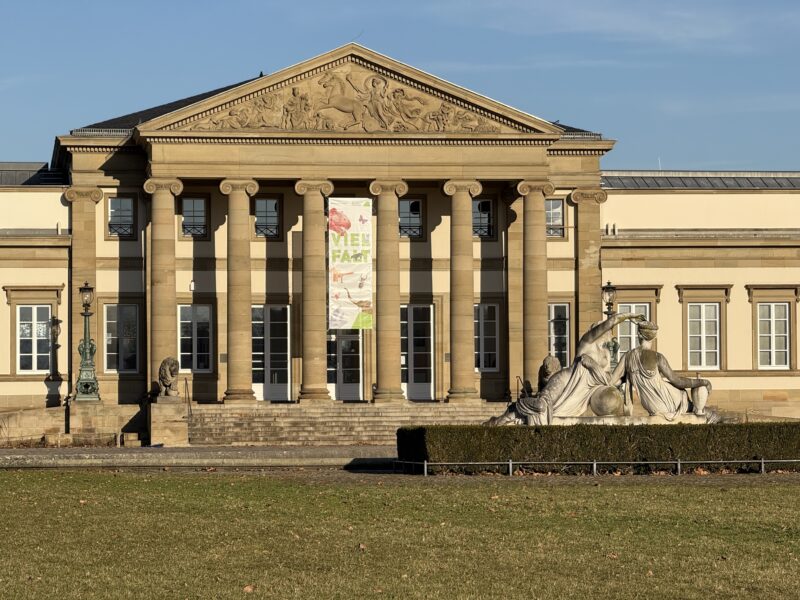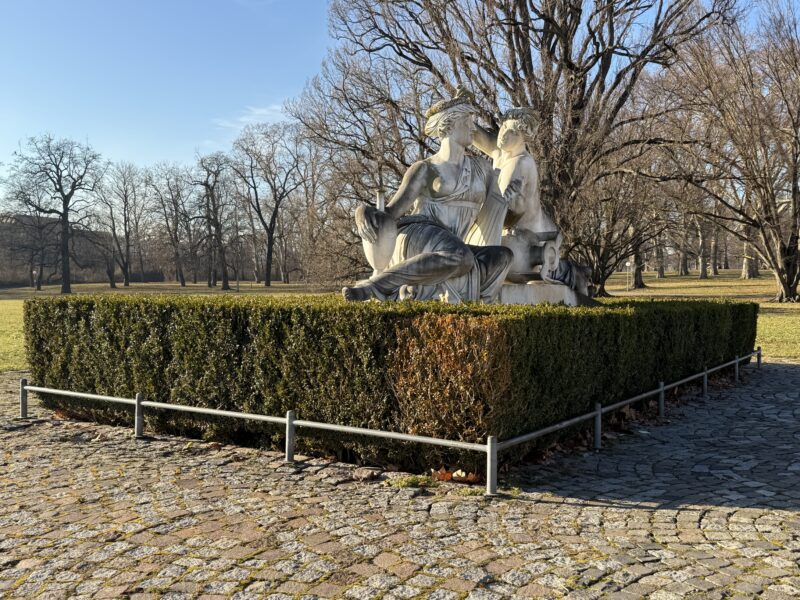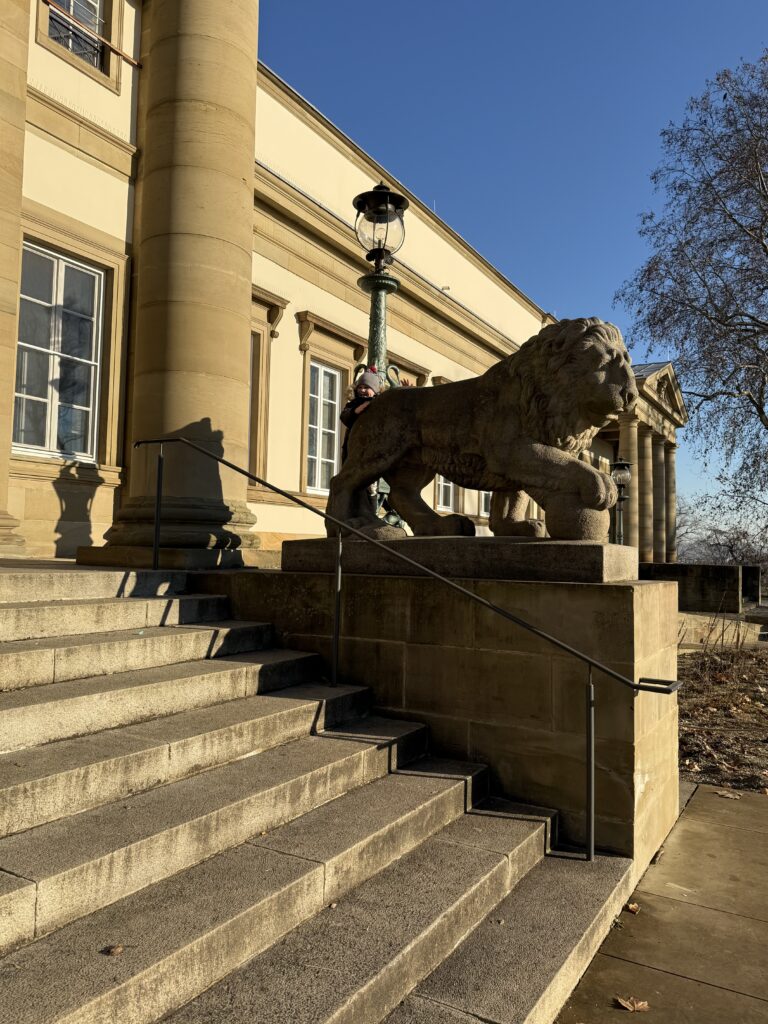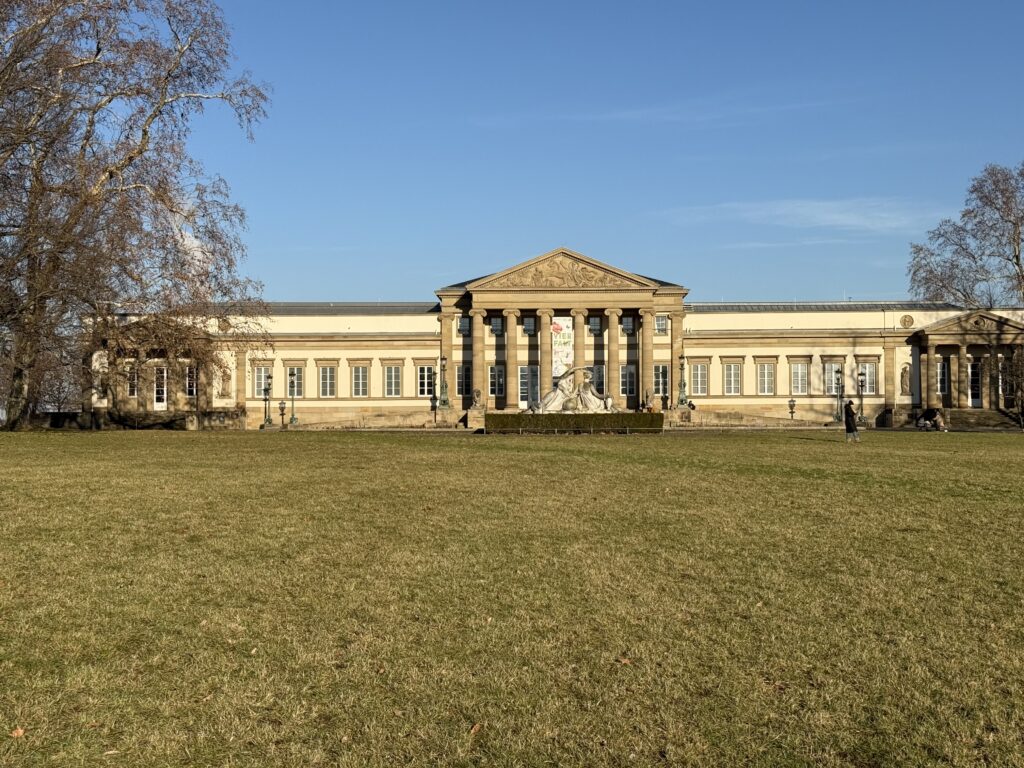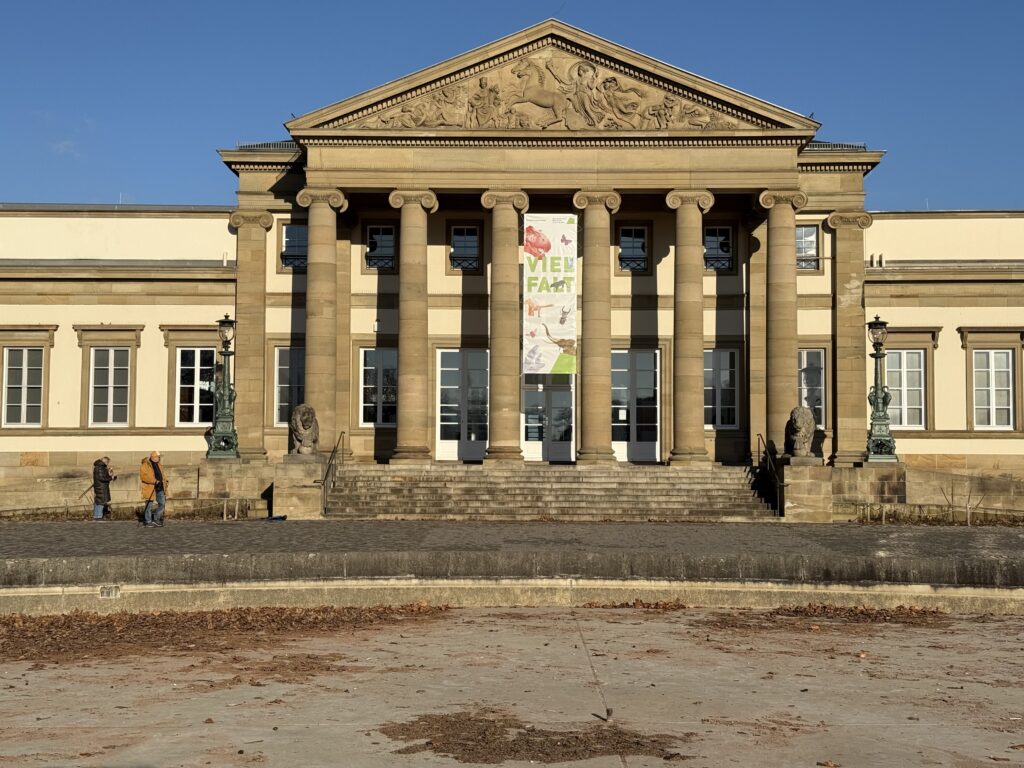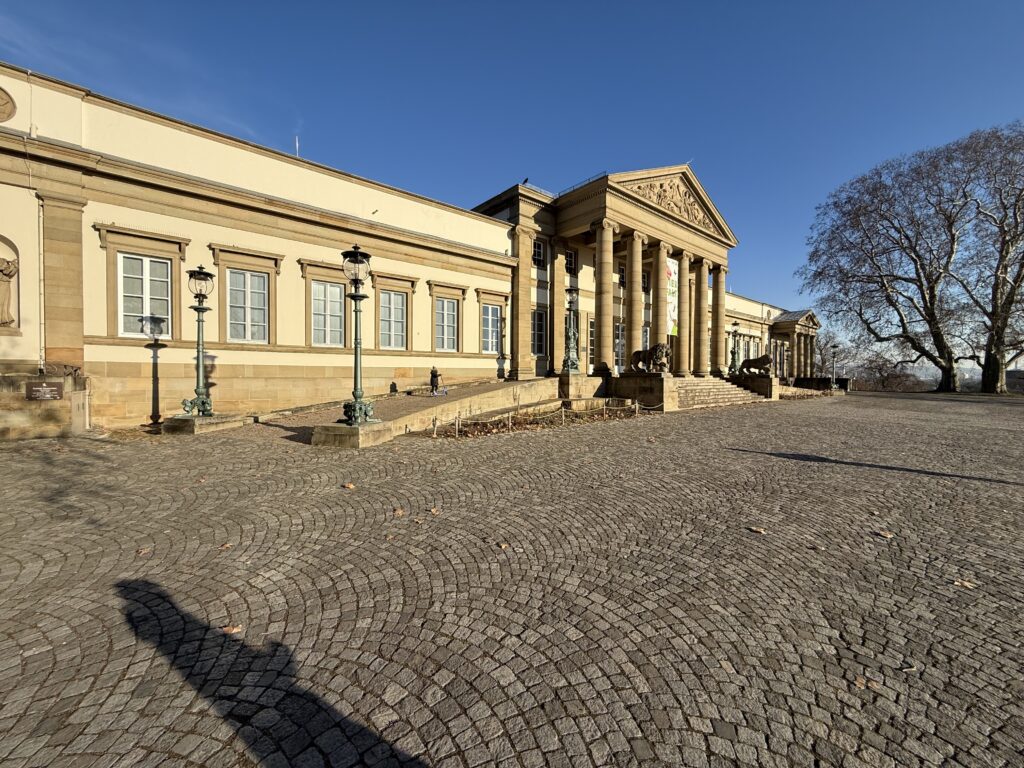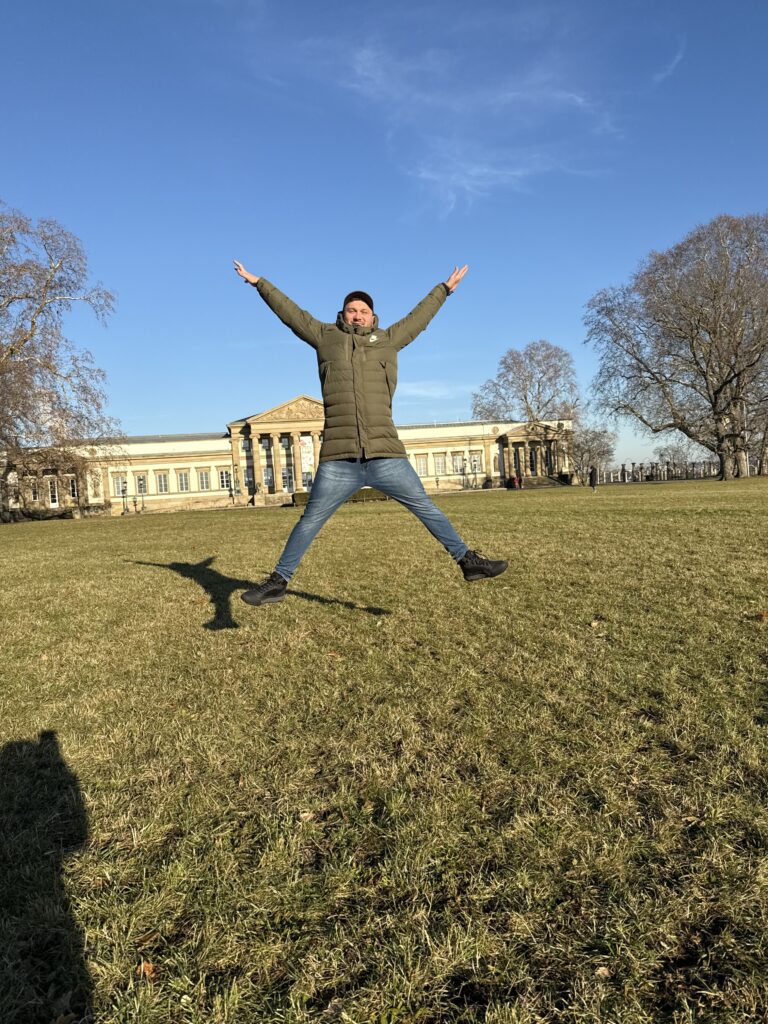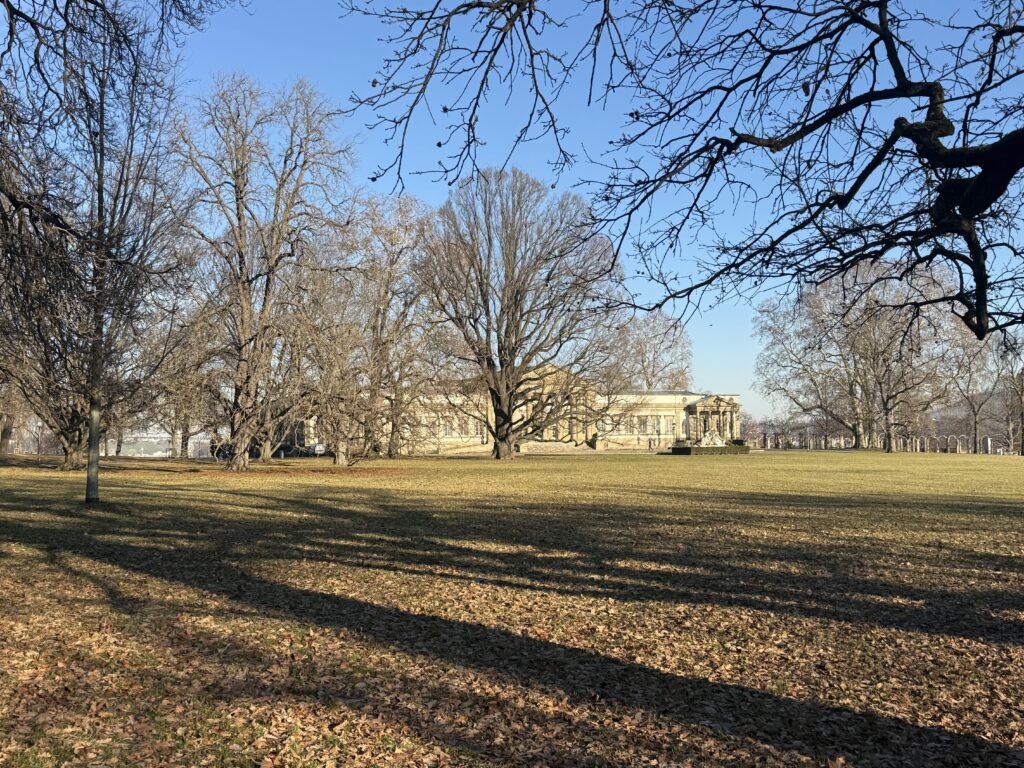On our last day in the beautiful city of Stuttgart, Germany, my family and I visited one of the most stunning places located outside the city – Schloss Solitude.
Schloss Solitude is a magnificent palace in the outskirts of Stuttgart, built between 1764 and 1769 by order of Duke Charles Eugene of Württemberg. It was designed as a secluded countryside residence, a symbol of luxury and aristocratic taste.
The Duke was known for his love of art and architecture, so the palace became not just a place of relaxation but also a true cultural center. Musical evenings, theatrical performances, and receptions were held here. However, the maintenance of the palace turned out to be too expensive, and soon Charles Eugene had to abandon his dream.

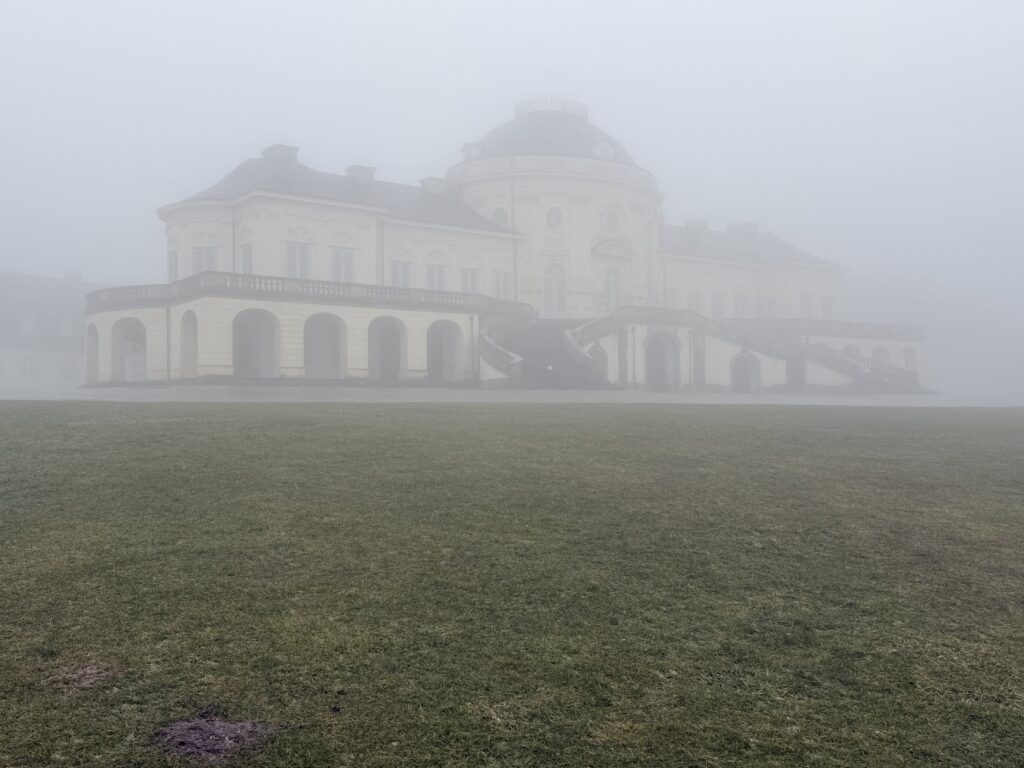


Over time, Schloss Solitude changed its purpose: it housed a military school, and later, an Academy of Arts. Today, it is a popular tourist destination where visitors can enjoy breathtaking views, elegant architecture, and a touch of German aristocratic history.


This place is also highly popular among newlyweds, as they come here to take wedding photos as a keepsake.
We were also very lucky because when we visited this place on February 15, 2025, there was fog, making the castle look like something out of a fairy tale. We were absolutely delighted with Schloss Solitude, as we were fortunate enough to see it in such a magical setting.
This place is a must-visit, as its atmosphere and architecture captivate at first sight. We will definitely return here again in the summer or spring.

